Archives
- 2025-12
- 2025-11
- 2025-10
- 2025-09
- 2025-04
- 2025-03
- 2025-02
- 2025-01
- 2024-12
- 2024-11
- 2024-10
- 2024-09
- 2024-08
- 2024-07
- 2024-06
- 2024-05
- 2024-04
- 2024-03
- 2024-02
- 2024-01
- 2023-12
- 2023-11
- 2023-10
- 2023-09
- 2023-08
- 2023-07
- 2023-06
- 2023-05
- 2023-04
- 2023-03
- 2023-02
- 2023-01
- 2022-12
- 2022-11
- 2022-10
- 2022-09
- 2022-08
- 2022-07
- 2022-06
- 2022-05
- 2022-04
- 2022-03
- 2022-02
- 2022-01
- 2021-12
- 2021-11
- 2021-10
- 2021-09
- 2021-08
- 2021-07
- 2021-06
- 2021-05
- 2021-04
- 2021-03
- 2021-02
- 2021-01
- 2020-12
- 2020-11
- 2020-10
- 2020-09
- 2020-08
- 2020-07
- 2020-06
- 2020-05
- 2020-04
- 2020-03
- 2020-02
- 2020-01
- 2019-12
- 2019-11
- 2019-10
- 2019-09
- 2019-08
- 2019-07
- 2019-06
- 2019-05
- 2019-04
- 2018-11
- 2018-10
- 2018-07
-
br Acknowledgments and Disclosures br
2024-05-21

Acknowledgments and Disclosures Alzheimer's disease as a synaptic pathology Alzheimer's disease (AD) is a chronic neurodegenerative colorimetric australia disorder and the most common cause of dementia in the elderly. Progressive depositions of amyloid plaques and neurofibrillary tangles toge
-
A unique finding in this study is
2024-05-21
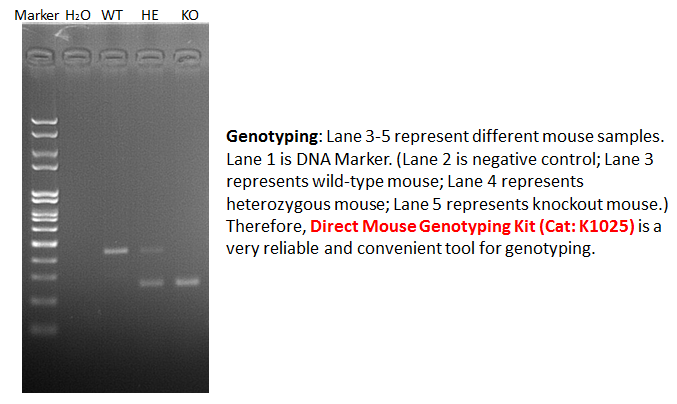
A unique finding in this study is that 12/15-LO influences CREB phosphorylation in the murine brain. While previous reports have found that knockout of 5-lipoxygenase, a related enzyme that also uses arachidonic YC 1 for substrate, can regulate CREB phosphoryation in the context of Alzheimer's dise
-
Data used in preparation of
2024-05-21
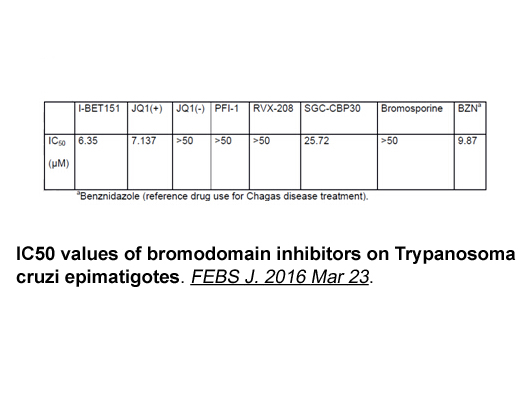
Data used in preparation of this article were obtained from the ADNI database (adni.loni.usc.edu). As such, the investigators within the ADNI contributed to the design and implementation of ADNI and/or provided data but did not participate in analysis or writing of this report. A complete listing o
-
br Conflict of interest statement br Introduction Currently
2024-05-21
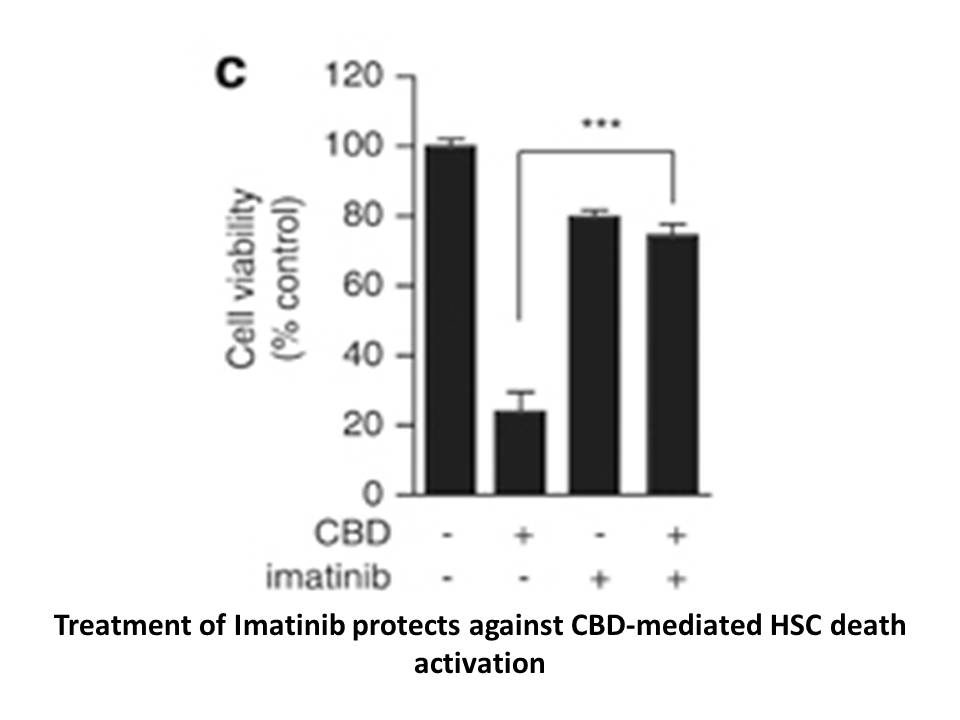
Conflict of interest statement Introduction Currently, adenocarcinoma is the most common histological subtype of lung cancer. Activating mutations and translocations with a potential for targeted therapy are reported predominantly in non-smokers. ALK rearrangement is found in less than 5% of u
-
Targeted disruption of the Akt gene in mice induces
2024-05-21
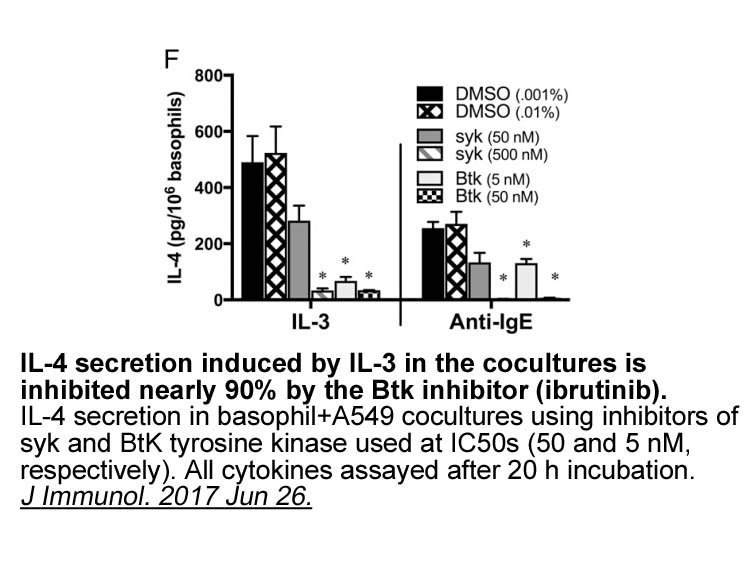
Targeted disruption of the Akt1 gene in mice induces a growth retardation phenotype [4,19]. Akt2 KO mice reveal mild growth retardation and insulin resistance [4,20,21]. Akt1/2 double KO (DKO) mice display severe growth deficiency and die shortly after birth. These mice exhibit impaired bone and ski
-
br Materials and methods br Results
2024-05-21

Materials and methods Results and discussion First, we examined whether hypothalamic Akt-mediated signaling pathways are regulated postprandially in chickens. Refeeding significantly (P rhein concentrations significantly increased in chicks after 1 h of refeeding (958 ± 245% of 24 h-fasting g
-
br Exocytosis of GLUT by
2024-05-20
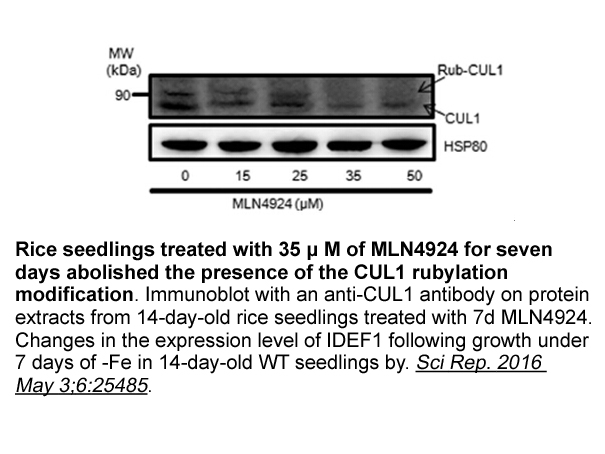
Exocytosis of GLUT4 by autophagy Conclusion Conflict of interest Ethics statement Antigen processing and presentation Adaptive immune response has to be instructed to identify and eliminate specific pathogens or foreign entities defined by their antigenic determinants. Processed antig
-
br Apelin The APJ receptor ligand apelin
2024-05-20
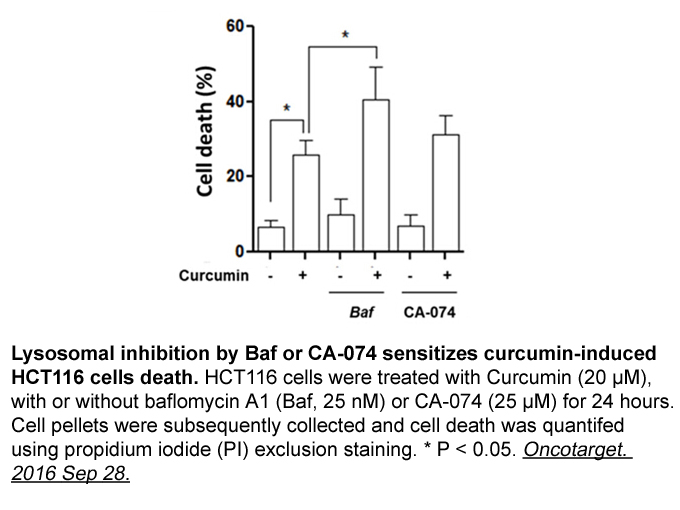
Apelin The APJ receptor ligand apelin firstly in 1998 was segregated from bovine stomach tissue. Human preproapelin gene located on chromosome Xq25–26.1. The apelin preproproteins consist of 77 amino annexin v mg residues that are cleaved into biologically active C-terminal fragments of various
-
These experiments make it clear that one can
2024-05-20
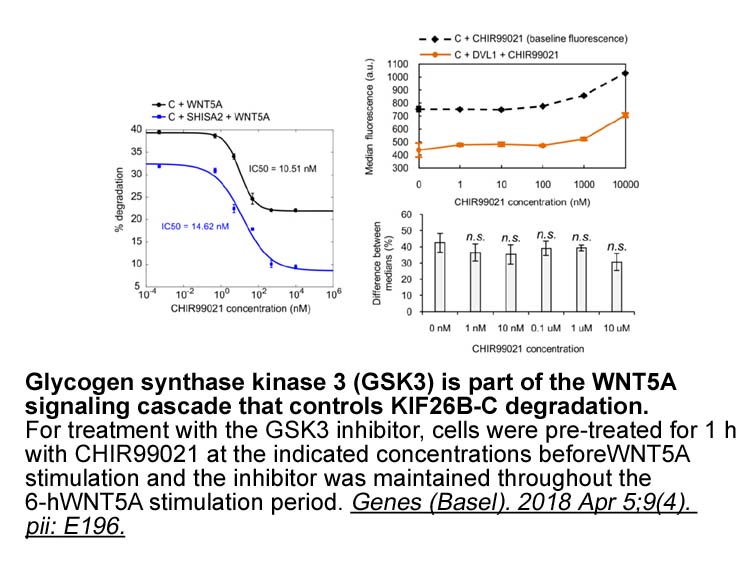
These experiments make it clear that one can study the effect of antimalaria drugs that target the DHFR enzyme of P. falciparum by transferring the malaria enzyme into S. cerevisiae. The ease of growth and manipulation of the yeast make it easy to measure the sensitivity of any particular dhfr alle
-
There are increasing repeated reports of
2024-05-20

There are increasing repeated reports of amphotericin B-resistance in pathogenic fungi including Candida spp. [35], [36]. Nolte et al. characterized some fluconazole and amphotericin B-resistant Candida albicans isolates from leukemia patients [37]. Fan-Havard et al. (1991) have shown multi-antifung
-
In conclusion there are only a few experimental reports eval
2024-05-20
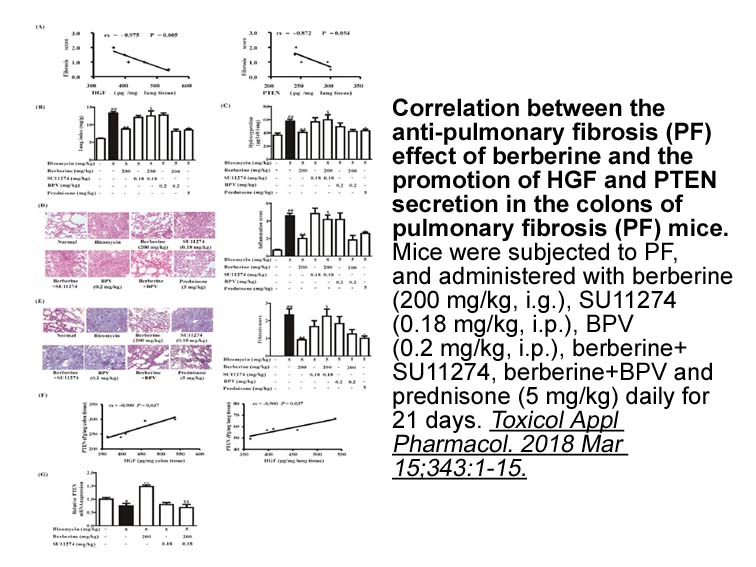
In conclusion, there are only a few experimental reports evaluating the influence of (R)-PFI 2 hydrochloride on allergy. With the exception of studies using macrolides, most point to their harmful effect on the severity of this disease. Future studies will be crucial to define the impact of antibio
-
In view of the ubiquitous distribution
2024-05-20
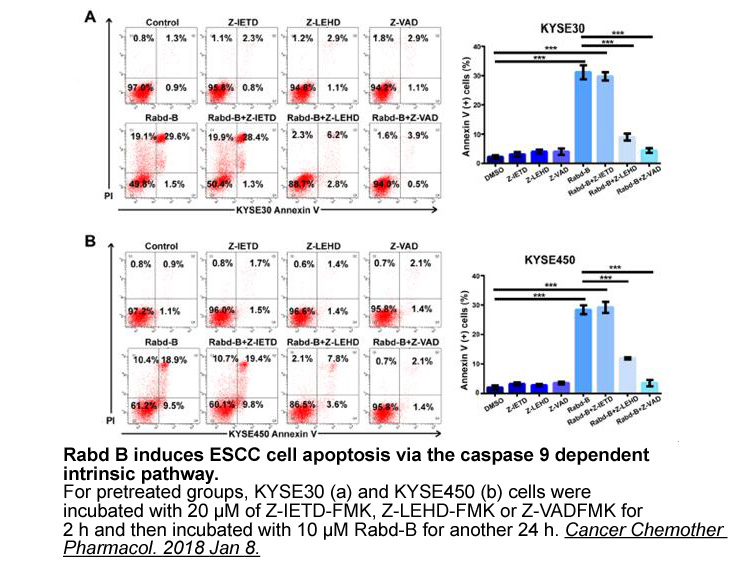
In view of the ubiquitous distribution of the arachidonate 12S-lipoxygenase isoforms and the variety of cellular reactions influenced by the resulting arachidonate metabolites, these products widely play important roles in many biological systems. The development of new type-specific inhibitors of t
-
br Materials and met http
2024-05-20
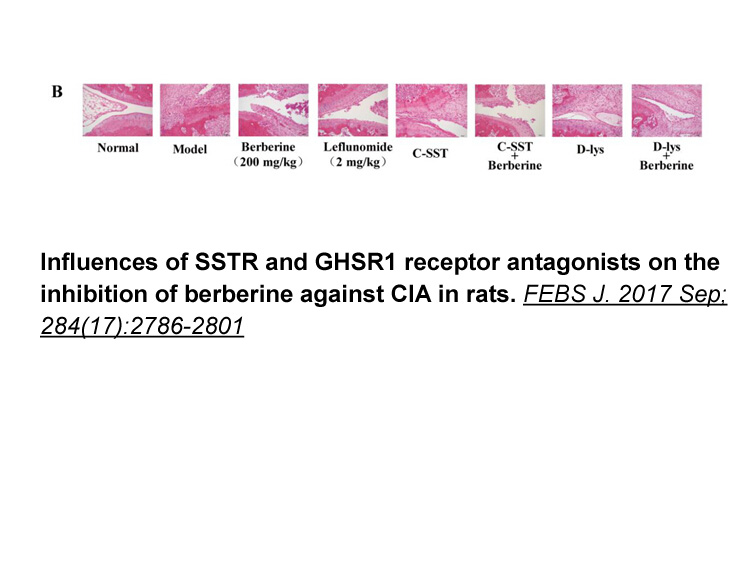
Materials and methods Results The values for body weight are shown in Fig. 1. Body weight was measured every day. The body weight of the young mice in the control (i.e. no-stress) group was not significantly different from that of the young mice in the stress group. However, the middle-aged mi
-
In AD and possibly other forms of dementia it has
2024-05-18
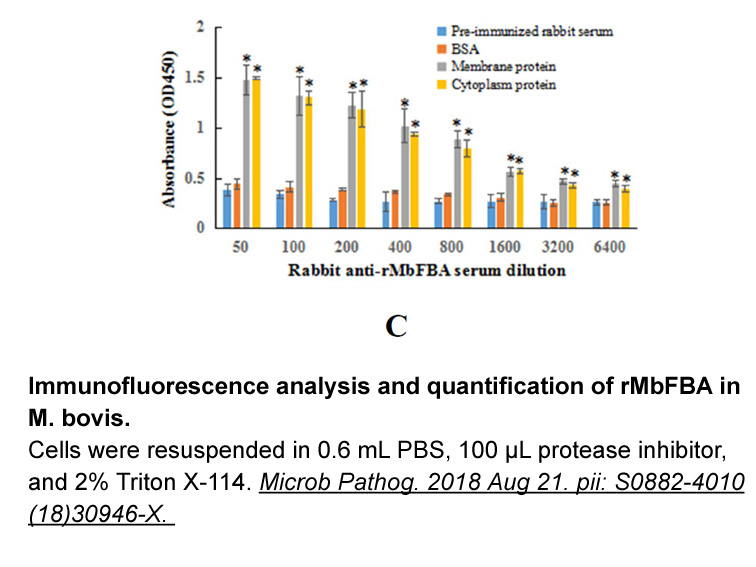
In AD, and possibly other forms of dementia, it has been suggested that tau mislocalization to dendritic spines anticipates neurodegeneration [48]. Accumulation of hyperphosphorylated tau in dendritic spies would cause a derangement of synaptic function, thereby impairing excitatory synaptic transmi
-
br Conclusion br Conflicts of interest br Introduction Alzhe
2024-05-18
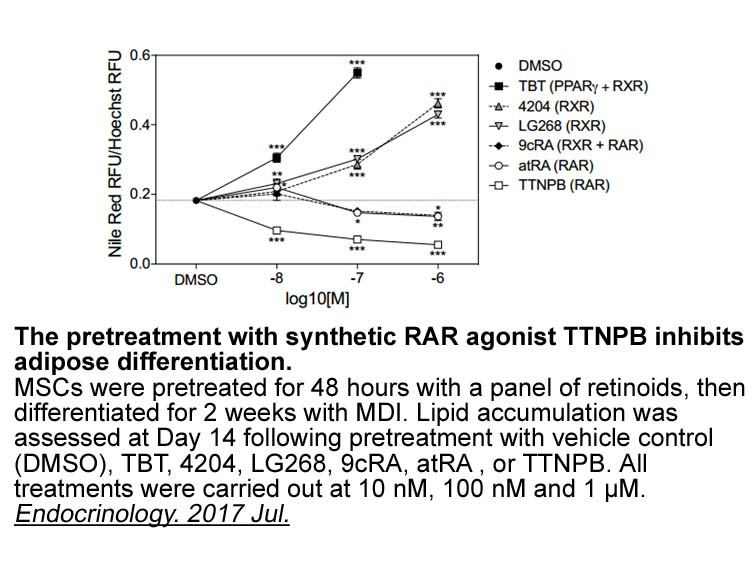
Conclusion Conflicts of interest Introduction Alzheimer’s disease is the most common neurodegenerative condition known to cause dementia (Ferri et al., 2005). Alzheimer’s dementia typically presents with initial recent episodic memory deficits, word finding difficulty and later with apraxia
15873 records 151/1059 page Previous Next First page 上5页 151152153154155 下5页 Last page